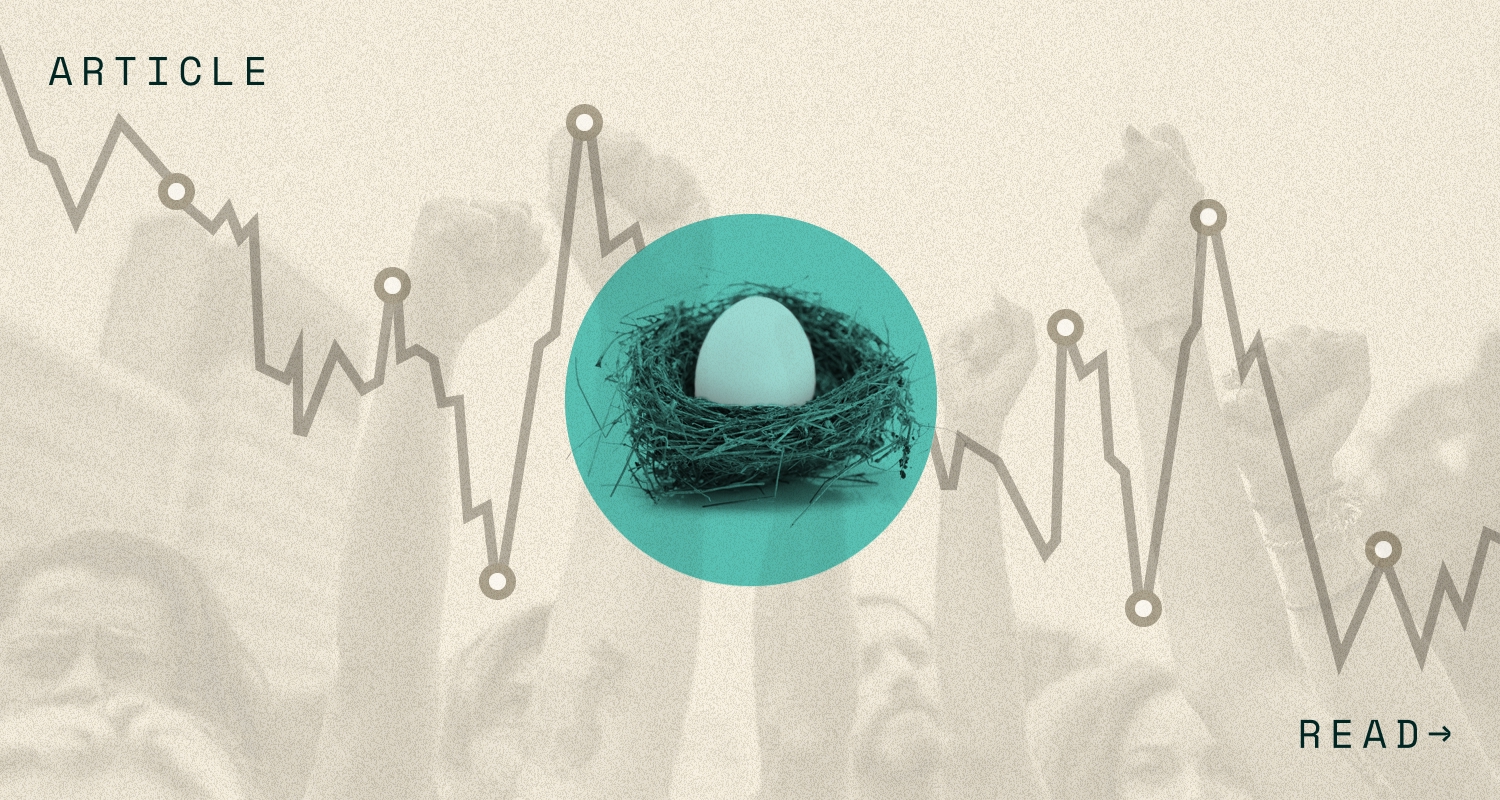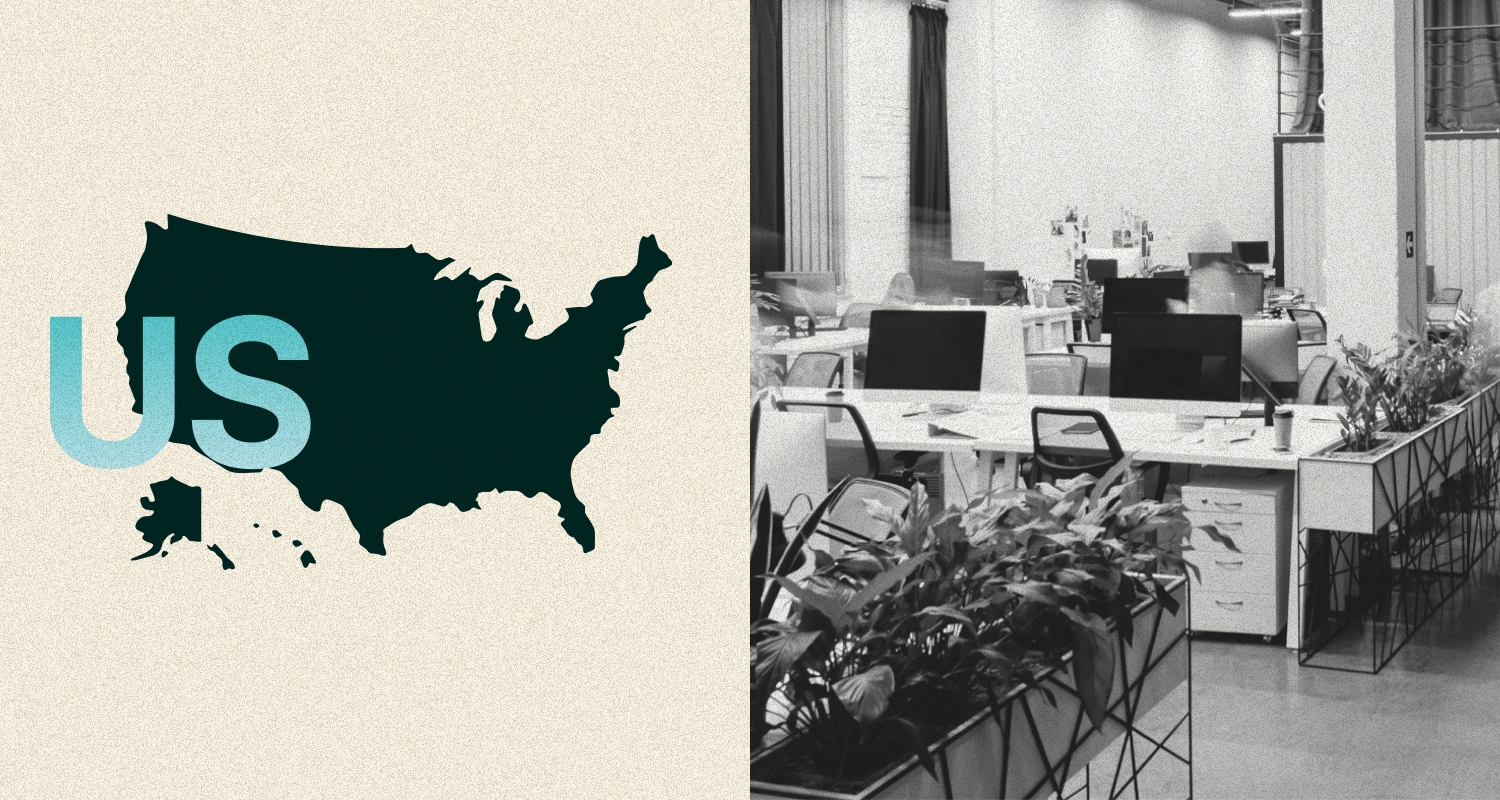In response to the COVID-19 public health emergency, Congress passed a provision in the Consolidated Appropriations Act of 2021 (CAA), which allowed employers to adopt a 100% carryover or 12-month grace period for their dependent care flexible spending account (DC FSA) for the 2020 and 2021 plan years. Although the CAA allowed employees to apply unused funds from the 2020 and/or 2021 plan years to claims incurred in the following plan year (if the CAA relief was adopted by an employer), it was unclear if employees would face tax consequences for taking advantage of these changes.
The IRS has now addressed these taxation issues in Notice 2021-26. The IRS Notice clarifies that dependent care benefits that would have been excluded from income if used during the preceding year (i.e., during taxable years ending in 2020 or 2021), will remain excludable from income (tax free) for taxable years ending in 2021 and 2022.
Now that the IRS has clarified these issues, employers who have been hesitant to adopt the relief due to prior taxation ambiguities may want to reconsider making changes to their DC FSA. Employers should note that a potential non-discrimination testing issue could still arise when testing their plans. Employers who adopt the higher election amount may still want to run a mid-year test on their dependent care FSA.
Optional COVID Relief
Section 214 of the CAA allows employers to provide employees additional time to use DC FSA funds by implementing a grace period (up to 12 months) or a carryover (up to all unused amounts) for the 2020 and 2021 plan years. If a carryover is adopted, unused funds from a plan year ending in 2020 would be carried over to a plan year ending in 2021 and unused funds from plan years ending in 2021 would be carried over to a plan year ending in 2022. If an extended grace period is adopted, unused funds from a plan year ending in 2020 or 2021 would be made available for up to an additional 12 months after the end of the plan year.
In addition, for the 2021 taxable year (not plan year), the American Rescue Plan Act (ARPA) increased the maximum exclusion for employer-provided DC FSA benefits to $10,500 ($5,250 for married individuals filing separately). This allowed employers to increase the maximum salary deduction up to $10,500 for the 2021 calendar year.
Taxation Issue
Under IRC Section 129, employees may exclude up to $5,000 ($2,500 married filing separately) in employer provided DC FSA benefits from their gross income during the taxable year. If the sum of DC FSA benefits used during the taxable year exceeds $5,000 (including unused funds from the prior taxable year applied during a grace period), the excess is taxable.
Therefore, under the “normal” rules, if an employer adopted the CAA carryover or grace period provision, the carried over funds could be taxable if it caused an employee to exceed their maximum exclusion limit in a subsequent tax year. Though ARPA increased the maximum exclusion limit to $10,500 for taxable year 2021, the same taxation issue would arise if an employer increased the maximum salary deduction to $10,500 for 2021 and adopted a CAA carryover or grace period.
For example, assume an employer with a calendar year DC FSA adopted a 100% carryover provision and increased the maximum salary deduction to $10,500 for 2021. Under the “normal” rules, if an employee carried over $5,000 from 2020 into the 2021 plan year, elected $10,500 for the 2021 plan year, and incurred all $15,500 in the 2021 calendar year, the excess $5,000 over the $10,500 maximum exclusion limit would be taxable. We discussed this potential taxation issue in our prior post.
IRS Notice 2021-26 addresses this taxation issue by providing a special exception for unused benefits made available in the 2021 or 2022 taxable years due to a CAA carryover or extended grace period, as discussed below.
Special Taxation of Unused Benefits Made Available through a CAA Carryover or Extended Grace Period
IRS Notice 2021-26 states that DC FSA benefits that would have been excluded from income if used during the taxable year ending in 2020 or 2021, as applicable, remain eligible for exclusion from employees’ gross income and disregarded for purposes of the exclusion limit in a subsequent tax year (2021 or 2022, as applicable) if carried over or made available pursuant to the special CAA relief.
Therefore, in the above example, $5,000 would not need to be included in the employee’s gross income for the 2021 taxable year because the $5,000 was carried over pursuant to the CAA relief and the $5,000 would have been tax free if used during the 2020 taxable year. In other words, all $15,500 is excluded from the employee’s gross income because $10,500 is excluded as 2021 benefits and the remaining $5,000 is attributable to the special carryover.
Non-Calendar Year Plans:
It is important to note that the taxation exemption applies to amounts carried over or made available from a prior calendar year and not from a prior plan year. This makes the taxation issue more complex for non-calendar year plans and employers with such plans should exercise caution if adopting the CAA and ARPA relief.
The IRS provides the following examples on how this exception would apply to non-calendar year plans:
Example 1 (Non-Calendar Year Plan from July 1st to June 30th): In the below example, assume the employer adopted the 100% carryover for plan years ending in 2020 and 2021, the employer adopted the $10,500 maximum salary deduction for 2021, and the maximum exclusion limit for taxable year 2022 is $5,000.
Taxable Year 2021 (January 1, 2021 to December 31, 2021):
- Plan Year 1 (July 1, 2020 to June 30, 2021): For the plan year beginning July 1, 2020, an employee elects $5,000 toward their DC FSA but incurs no expenses during the plan year. The employee carries over the unused $5,000 into the plan year beginning July 1, 2021.
- Plan Year 2 (July 1, 2021 to June 30, 2022): For the plan year beginning July 1, 2021, the employee elects to contribute $10,500. As such, the employee has a balance of $15,500 available from July 1, 2021 to June 30, 2022 ($5,000 in carried over amounts and $10,500 from the new election). The employee incurs no expenses from July 1, 2021 to December 31, 2021.
Taxation for 2021: Since the employee did not incur any expenses in 2021 (which is split between Plan Year 1 and Plan Year 2), the employee did not receive any DC FSA benefits in the 2021 taxable year.
Taxable Year 2022 (January 1, 2022 to December 31, 2022):
- Plan Year 2 (July 1, 2021 to June 30, 2022): As of January 1, 2022, the employee has $15,500, $5,000 of which was carried over from the prior taxable year. From January 1, 2022 through June 30, 2022, the employee incurs $7,000 in eligible expenses. At the end of the plan year, the employee has $8,500 remaining.
- Plan Year 3 (July 1, 2022 to June 30, 2023): For plan year beginning July 1, 2022, the employee elects $5,000. During the 2 ½ month grace period (July 1, 2022 to September 15, 2022), the employee incurs the remaining $8,500 from Plan Year 2. From September 1, 2022 through December 30, 2022, the employee incurs $2,500.
Taxation for 2022: For the 2022 taxable year, the employee incurs $18,000 in total expenses ($7,000 from January 1, 2022 to June 30, 2022; $8,500 from July 1, 2022 to September 2022; $2,500 from September 15, 2022 to December 31, 2022). Of that $18,000, $10,000 is excludable from the employee’s income ($5,000 carried over from taxable year 2021 and $5,000 from the 2022 maximum exclusion limit). The remaining $8,000 must be included as taxable income.
Example 2 (Non-Calendar Year Plan from July 1st to June 30th): Assume the employer adopts the $10,500 maximum salary deduction for 2021, the employee has no unused amounts from any prior year, and the maximum exclusion limit for 2022 is $5,000.
Taxable Year 2021 (January 1, 2021 to December 31, 2021):
- Plan Year 1 (July 1, 2021 to June 30, 2022): For the plan year beginning July 1, 2021, an employee elects to contribute $10,500. From July 1, 2021 to December 31, 2021, the employee incurs $5,000 in eligible expenses. The employee has $5,500 in remaining benefits for the rest of the plan year.
- Taxation for 2021: For the 2021 taxable year, $5,000 in excluded from employees’ gross income.
Taxable Year 2022 (January 1, 2022 to December 31, 2022):
- Plan Year 1 (July 1, 2021 to June 30, 2022): As of January 1, 2022, the employee has $5,500 available in benefits. From January 1, 2022 to June 30, 2022, the employee incurs $5,500 in eligible expenses. At the end of Plan Year 1, the employee has exhausted their $10,500 election and has nothing to carry over into Plan Year 2.
- Plan Year 2 (July 1, 2022 to June 30, 2023): For the plan year beginning July 1, 2022, an employee elects to contribute $5,000 to their DC FSA. From July 1, 2022 to December 31, 2022, the employee incurs $2,500 in eligible expenses.
Taxation for 2022: For the 2022 taxable year, the employee incurs $8,000 in total expenses ($5,500 from January 1, 2022 to June 30, 2022; $2,500 from July 1, 2022 to December 31, 2022). Of the $8,000 received, $5,000 is excluded from the employee’s gross income and the remaining $3,000 must be included in the employee’s gross income (no amounts are carried over from the prior calendar year, so the special taxation would not apply).
Employer Action
Some employers may have been hesitant to adopt the DC FSA COVID relief due to potential tax consequences for their employees. Now that the IRS has clarified these issues, employers may want to reassess whether they want to adopt a carryover or extended grace period provision for the 2020 and/or 2021 plan years and/or increase the maximum exclusion limit to $10,500 for the 2021 taxable year. Employers considering making the changes should act soon so employees can take advantage of the changes and spread out any increase in elections over as many pay periods as possible. Employers should work with their program vendor to implement the changes, notify their employees, and amend their plan documents.



